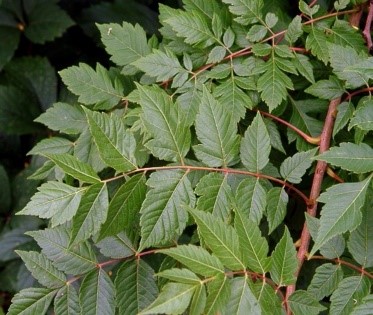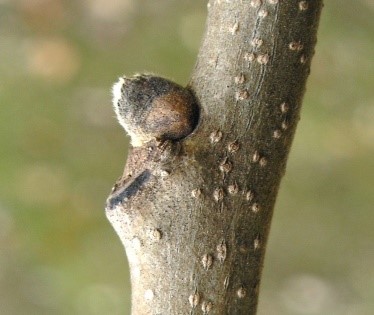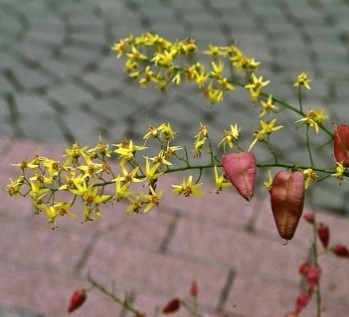Trees
Koelreuteria paniculata Laxm.
Koelreuteria paniculata Laxm.
Description :
This plant is a small to medium sized
deciduous tree growing up to 7 m tall, with a broad, dome shaped crown. The
trunk has the colour of greenish brown The leaves are pinnate and are 15-40cm
long, leaflets are up to 3 to 8cm long, with a deeply notched margin; the
larger leaflets at the midpoint of the leaf are sometimes themselves pinnate
but the leaves are not consistently fully bipinnate. The flowers are yellow,
with four petals, growing in large terminal panicles of about 20-40cm long. The
fruit is a three-part inflated bladder like pod of about 3-6cm long and 2-4cm
wide. Young fruit is green, then become orange and then after fully ripening in
autumn. It contains several dark brown to black seeds of about 5 to8mm
diameters.
Distribution :
This plant is a flowering plant, and it is
native to eastern Asia (China, Pakistan, and India) and Korea. It was
introduced in Europe in 1747 and to America in 1763 and has become a popular
landscape tree worldwide. Suitable soil for this plant to grow is sandy, loamy)
and clay soils and it can also grow in nutritionally poor soil. It favours dry
or moist soil. The plant can tolerate strong winds but not maritime exposure.
It can also tolerate atmospheric pollution.
Uses :
This plant has many uses including edible
and medicinal uses. The fruit is roasted and eaten, shoot and leaves can be
eaten after proper cooking. The flowers are ophthalmic; they can be used for
the treatment of epiphora and conjunctivitis. The plant is also used in
agroforestry; the flowers provide good forage for bees. This plant is also used
to obtain dyes. Yellow dye is obtained from the flowers and black dye is
obtained from leaves. The seeds of the fruits are traditionally used as beads
inn necklaces.
(Rehman et al., 2001)



